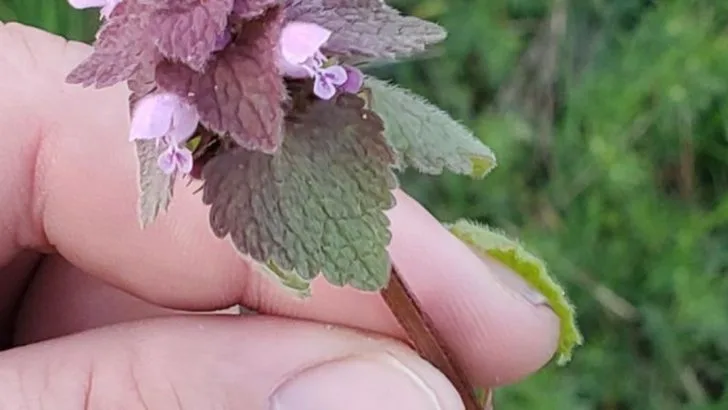If you’ve ever spotted a plant with vibrant purple flowers and heart-shaped leaves, you might be looking at Purple Dead Nettle. Often mistaken for a weed, this resilient and adaptable plant has much more to offer than meets the eye, from its beautiful appearance to its health benefits.
In this article, we’ll help you identify Purple Dead Nettle by sharing the sure signs that make it stand out, and explore how you can make the most of it. Whether you’re interested in using it for edible purposes, medicinal uses, or simply appreciating its beauty in your garden, this plant is full of potential.
Unlock the benefits of this often-overlooked plant and make it a valuable addition to your garden or home!
Unique Purple Hue
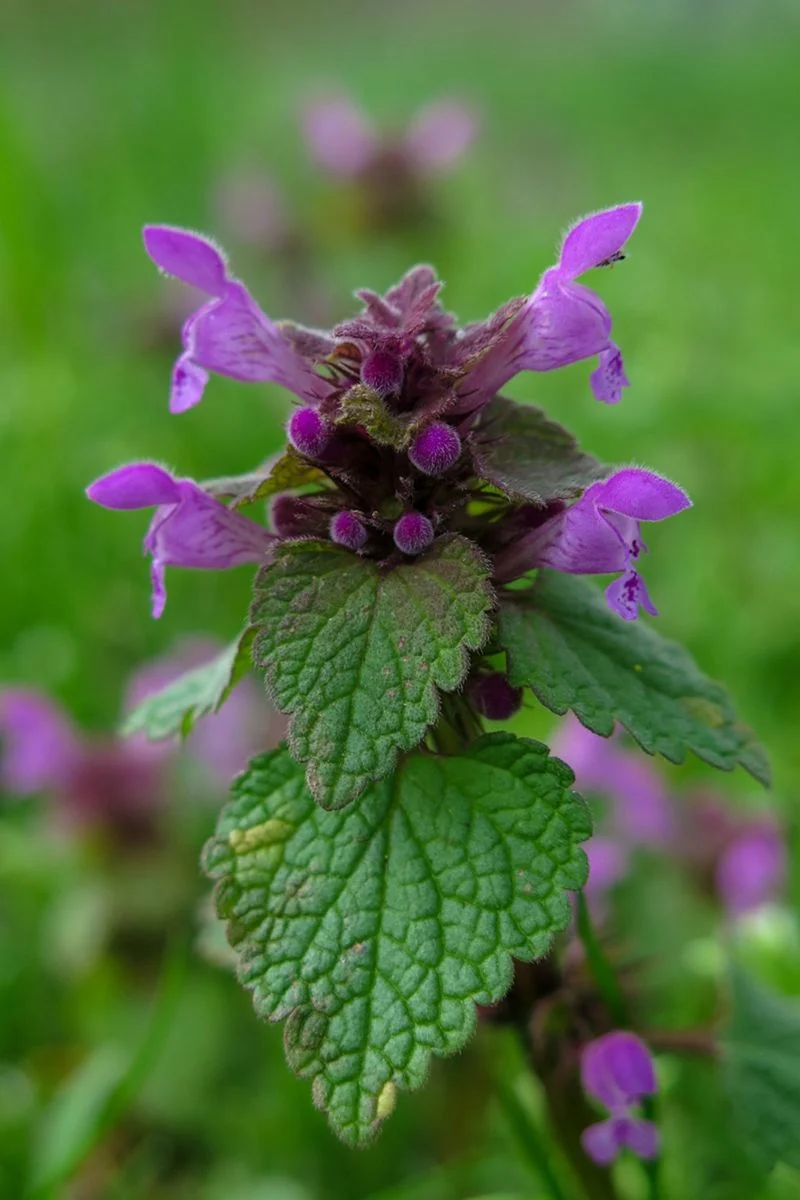
With its striking purple tops, this plant stands out amidst the greenery. The leaves transition from a deep green at the base to a rich purple near the tips. This distinctive color change is most visible during the cooler months, adding a splash of color to wintry gardens. When viewed from above, these plants can resemble a vibrant purple carpet spread across the ground. Keep an eye out for these hues when identifying purple dead nettle in the wild.
Square Stems
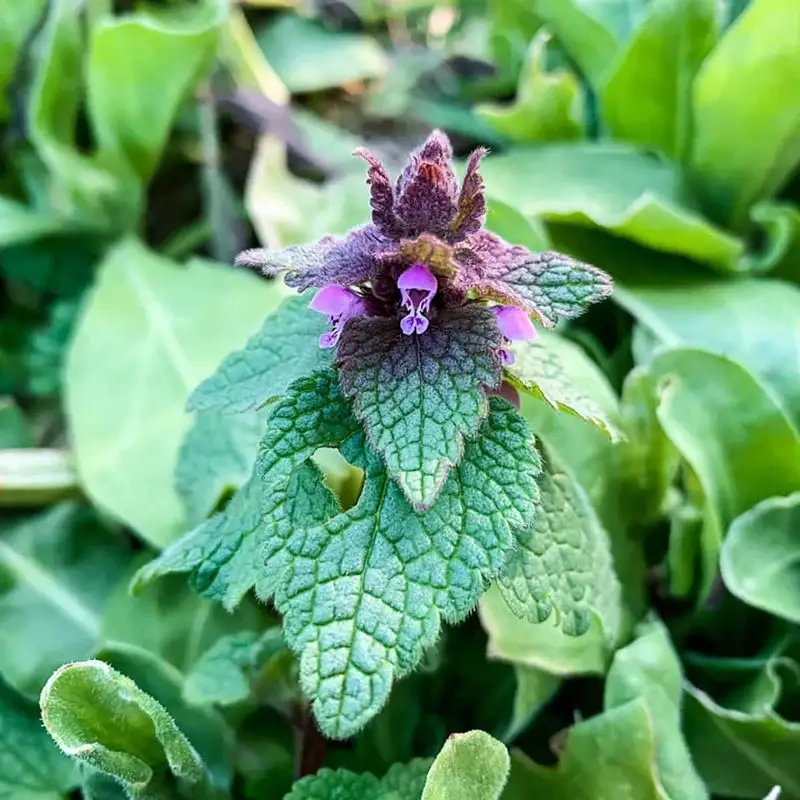
A defining characteristic of purple dead nettle is its uniquely square stem. Unlike the typical round stems of many plants, this one has four distinct sides. This feature is common among members of the mint family, to which purple dead nettle belongs. The squared shape provides structural strength, allowing the plant to grow upright. If you’re ever unsure, gently roll the stem between your fingers to feel those clear edges.
Heart-shaped Leaves
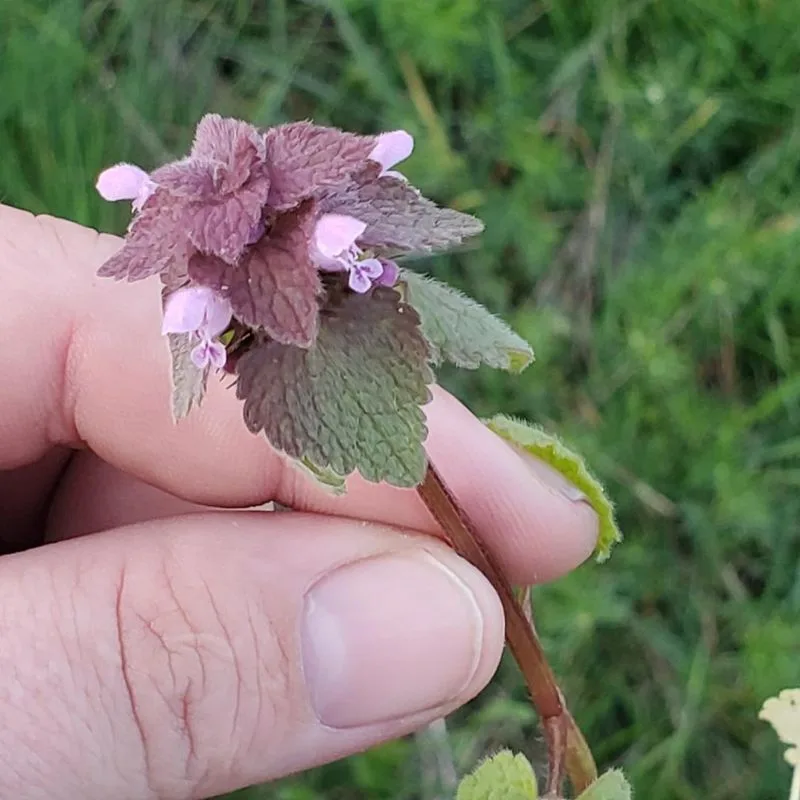
The leaves of purple dead nettle are a testament to nature’s artistry, shaped like delicate hearts. They are softly hairy to the touch and have scalloped edges, contributing to their unique appearance. These leaves stack upon each other, creating a tiered effect that is quite enchanting to observe. In spring, they often display a mix of colors, from green to deep purple, providing a visual feast for plant enthusiasts.
Small Pink Flowers

Tiny pink flowers adorn the purple dead nettle, adding an extra layer of beauty. These blooms, although small, are intricately designed and often appear in clusters at the top of the plant. They attract pollinators which help sustain local ecosystems. Observing these flowers can be quite rewarding, as they open up in the warmer months, revealing their full splendor. Their subtle fragrance is an added bonus for those who take the time to appreciate them.
Edibility and Nutritional Value
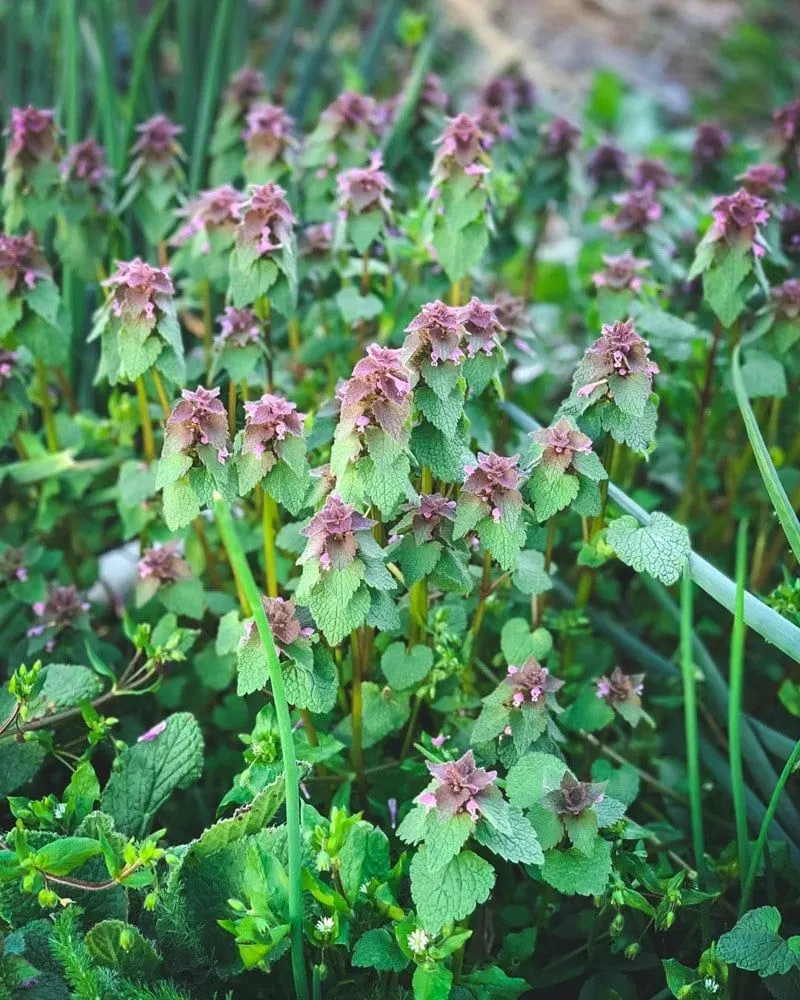
Surprisingly, purple dead nettle is edible and packs a nutritional punch. Rich in vitamins A and C, as well as antioxidants, it can be a healthy addition to salads and smoothies. Its mild, slightly earthy taste blends well with other greens. For those adventurous in the kitchen, it offers a unique flavor profile that can enhance various dishes. Always ensure proper identification before consumption, especially if foraging in the wild.
Medicinal Uses

Beyond its nutritional benefits, purple dead nettle has been used in traditional medicine. Known for its anti-inflammatory and antimicrobial properties, it can be used in herbal teas and ointments. These natural remedies have been passed down through generations, offering relief from minor ailments. Its versatility makes it a valuable plant for those interested in herbal remedies. As with any natural remedy, consult with professionals before use.
Growth and Habitat
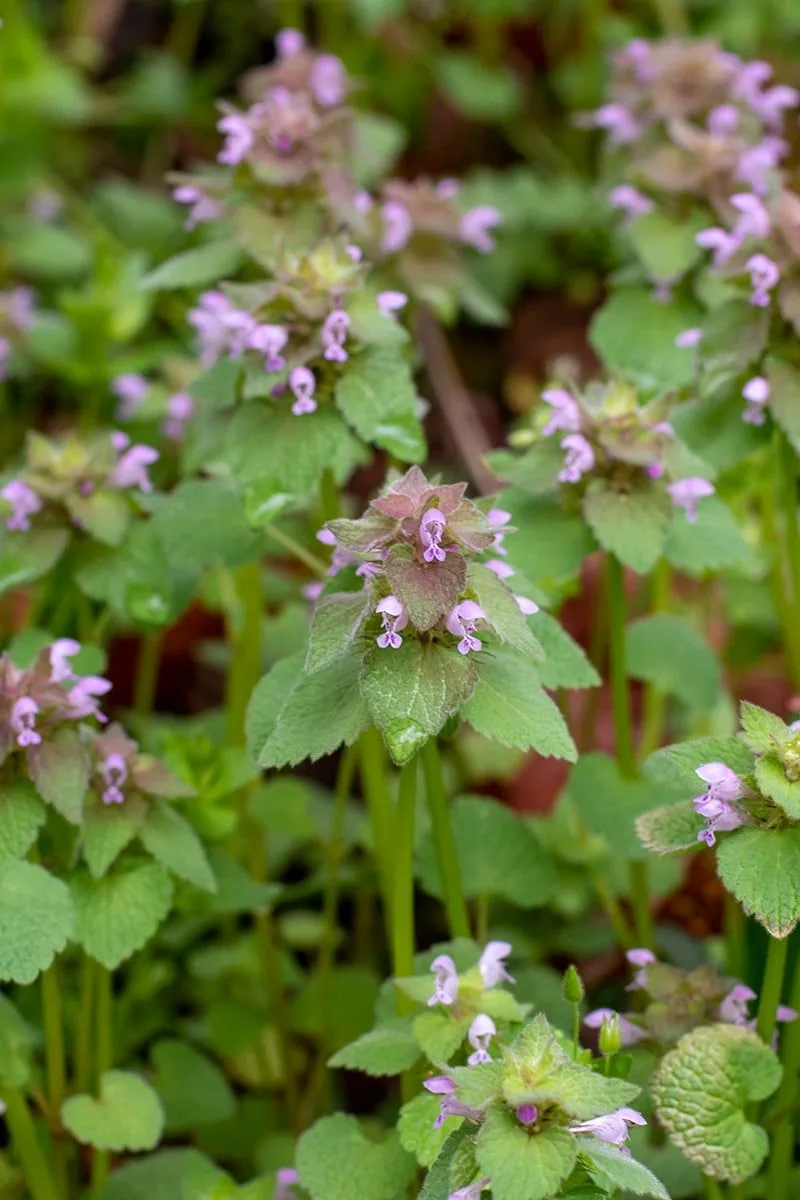
Often found in meadows, gardens, and roadsides, this plant thrives in a variety of environments. Its resilience makes it a common sight across different landscapes, from urban areas to countryside settings. Purple dead nettle is a pioneer species, quickly establishing itself in disturbed soils. Its rapid growth and adaptability make it an interesting plant for study and observation. These traits help it play a role in stabilizing soil and supporting biodiversity.

